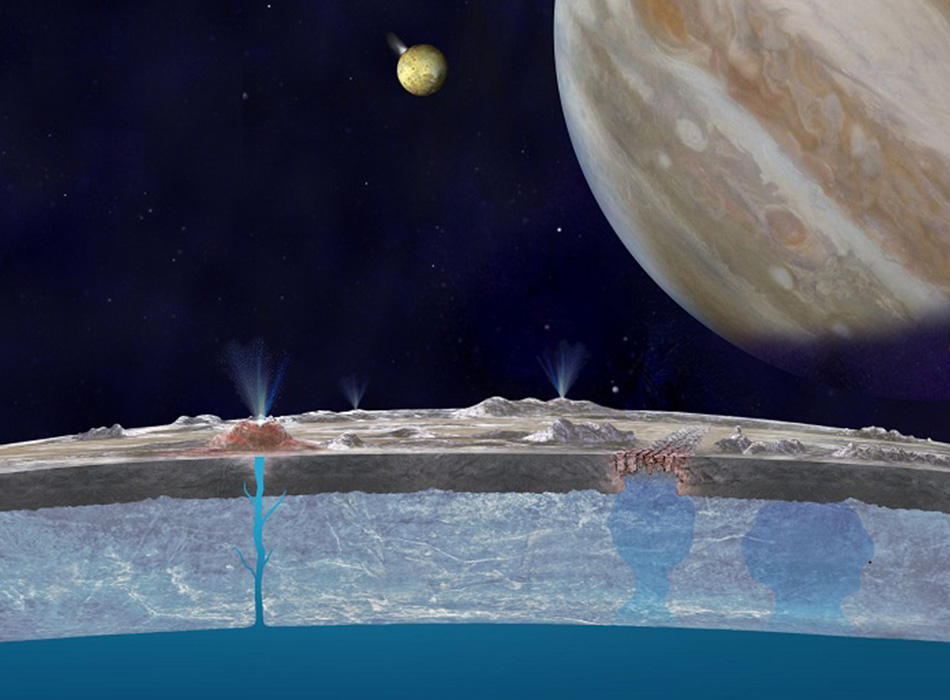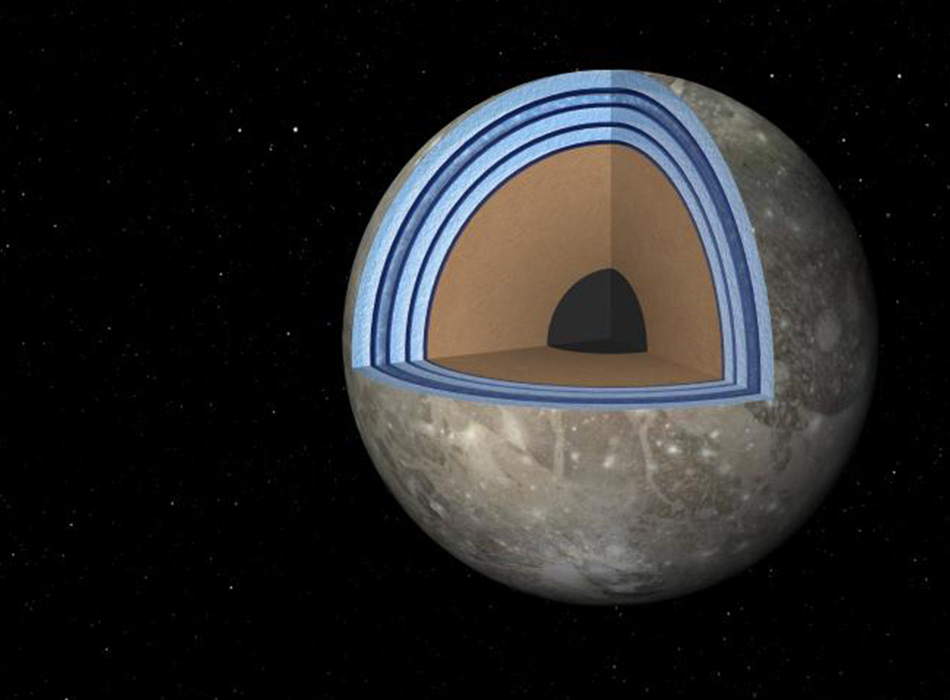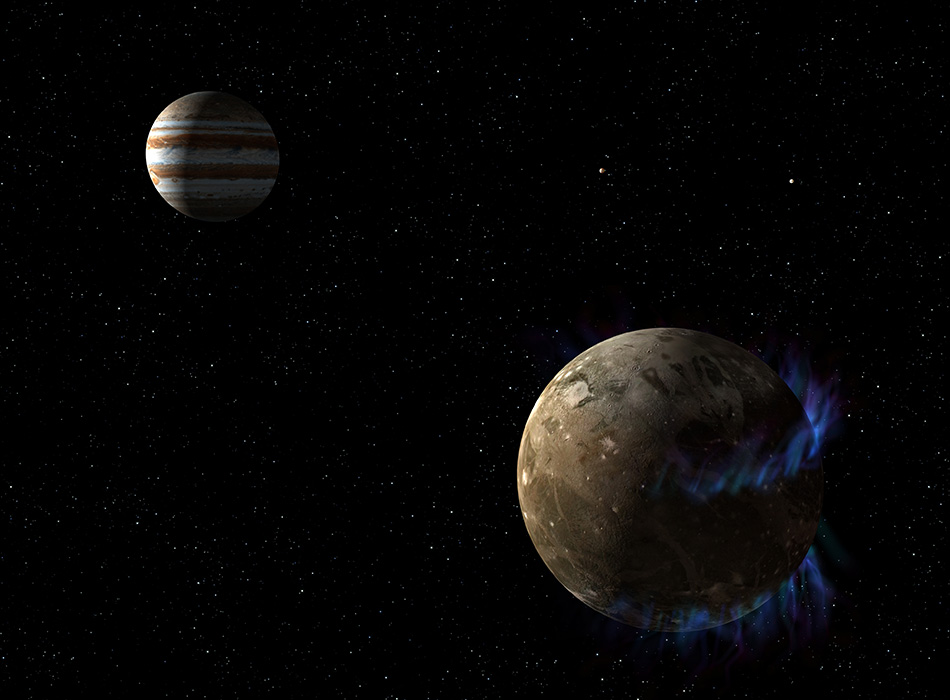
Jovian icy moons are mostly made of ice and rocks. Some of these icy moons may possess liquid subsurface oceans. These subsurface oceans are considered to be one of the most promising place to harbor life beyond Earth.
Jupiter has four large moons; Io, Europa, Ganymede, and Callisto. Except for Io, they are thought to have liquid subsurface oceans through melting of ice. Plumes erupting from Europa’s surface may originate from its subsurface ocean.
What is the environments of these subsurface oceans? Do they resemble the oceans on Earth? Is there life in the subsurface oceans of the icy moons?
What is Life?
What is life? We know that physics and chemistry on Earth are common in the space. However, we do not know whether biology is also common beyond Earth.
By searching for life in the space, we will be able to obtain a clearer view of definition of life.
Definition of Life

We have no consensus on definition of life.
Generally, life is a being that 1) separate itself from outer world 2) reproduces itself, and 3) maintains itself.
What Makes the Planet Habitable
Liquid water, organic compounds, and energy are essential for the habitability.
There are two types of habitable worlds in the space. One is a planetary body that has liquid-water oceans on the surface, such as Earth. Solar light reaches to the surface and can be energy for life. Another is a planetary body that possesses a liquid subsurface ocean, such as Europa. Tidal heating owing to Jupiter’s strong gravity heats the interior to maintain liquid water.
The "circumstellar habitable zone" is sometimes used as the range of distance from a central star, where liquid water can exist on the surface. The "habitable zone around a gas giant" is the range of distance from a central gas giant, where tidal heating can form liquid water in the interior.
Jupiter has played an important role to determine Earth’s orbit. The JUICE mission will explore the subsurface oceans on Europa and possibly on Ganymede.
Is There Life!?
The largest four moons of Jupiter are called as Galilean satellites. Some of them may be habitable because of the presence of subsurface oceans.

credit:NASA/JPL-Caltech/SwRI/MSSS
Jovian Moon: Europa
Europa is mostly made of rocks with several percent of ice and water. Europa is considered to harbor a subsurface liquid ocean. Tidal and radiogenic heating keep the interior warm sufficient to possess liquid water. Oceanic water may erupt from the surface as plumes.
How deep is the ocean? Is it’s environment similar to Earth's oceans? Is Europa habitable?

credit:NASA/JPL
Jovian moon: Ganymede
Ganymede may have a subsurface ocean, but its composition, size, and current geological activity are largely unknown. Ganymede is the only moon that has magnetic field. This means that this tiny moon has melting iron core.
Does Ganymede have a subsurface ocean? Why can Ganymede have magnetic field?

credit:NASA/JPL-Caltech

How did our Solar System begin? Where did atmosphere and water on Earth come from? Jupiter may be a key to solve these questions. Jupiter is 300 times heavier than Earth and is the largest gas giant in the Solar System. Owing to Jupiter's strong gravity, the structure of our Solar System has been determined in the early Solar System.
Jupiter’s dense atmosphere prevents direct observations of Jupiter’s building materials. However, its moons would have formed from the same building materials.

credit:NASA, ESA, and J. Nichols (University of Leicester)

Jupiter is a dynamic planet. Jupiter’s magnetic field rotates at a high velocity. The magnetic field of Jupiter accelerates surrounding plasma from the Sun and causes large-scale aurora. The JUICE mission aims to clarify the dynamics and physical mechanisms of the dynamic phenomena.

credit:NASA/ESA








